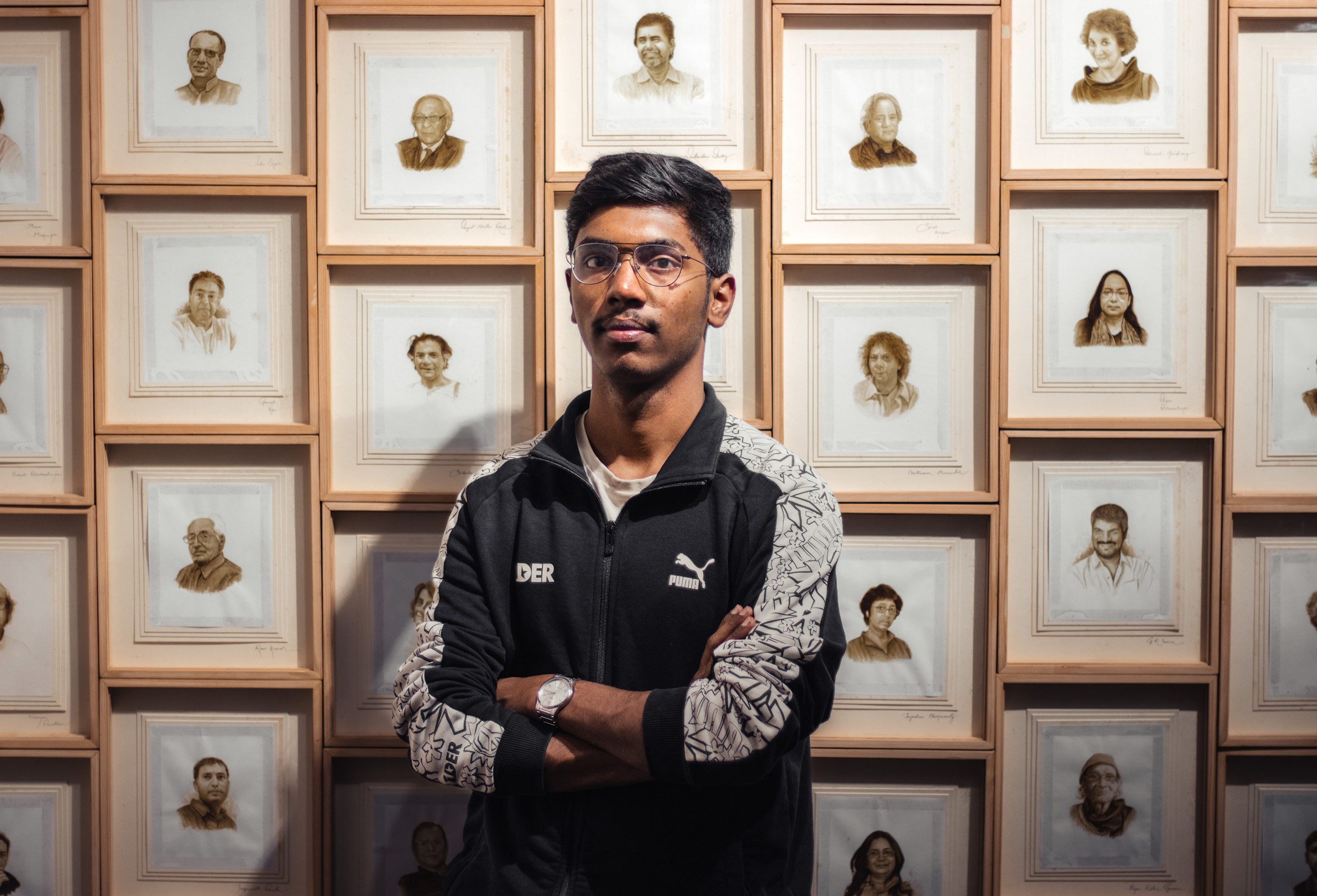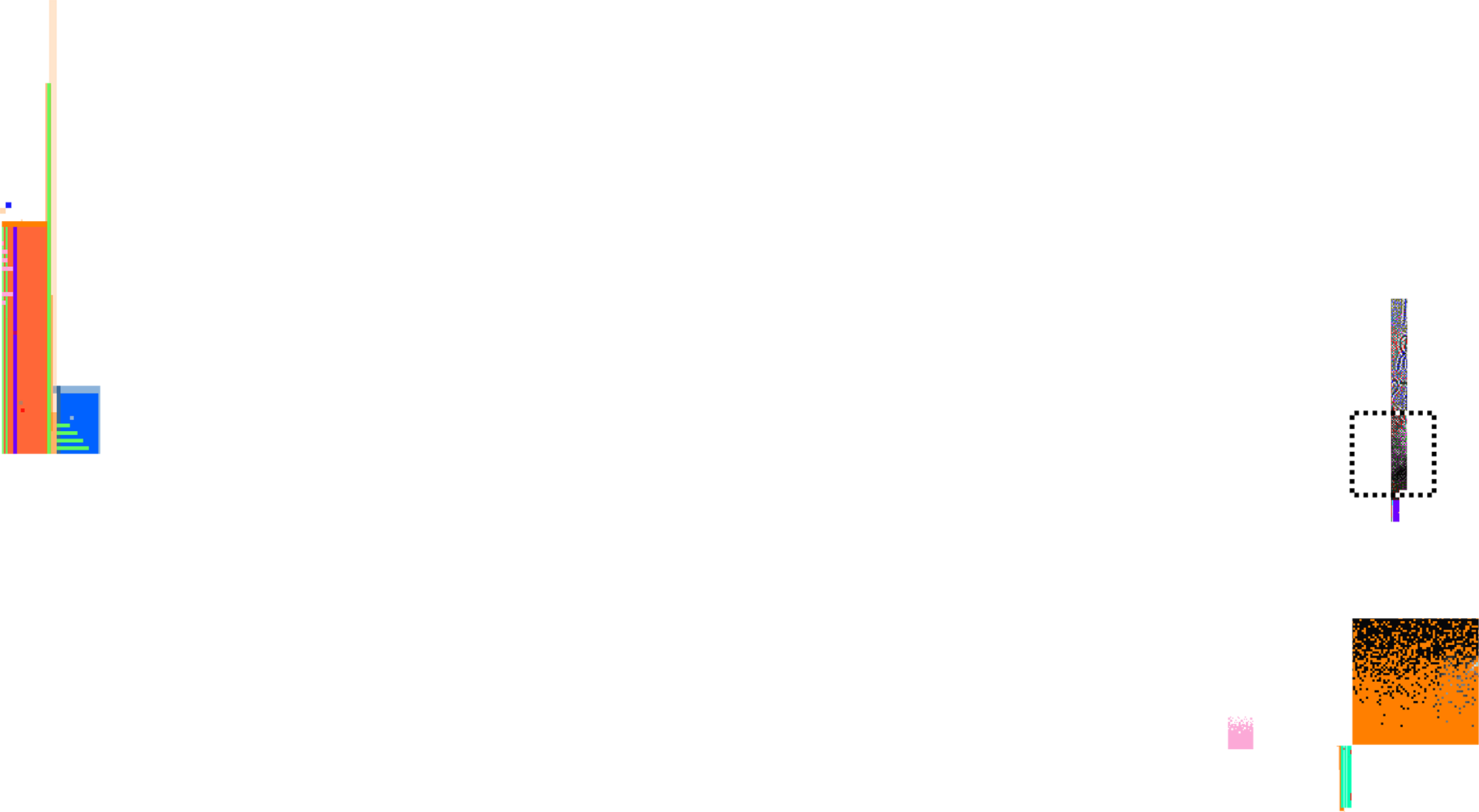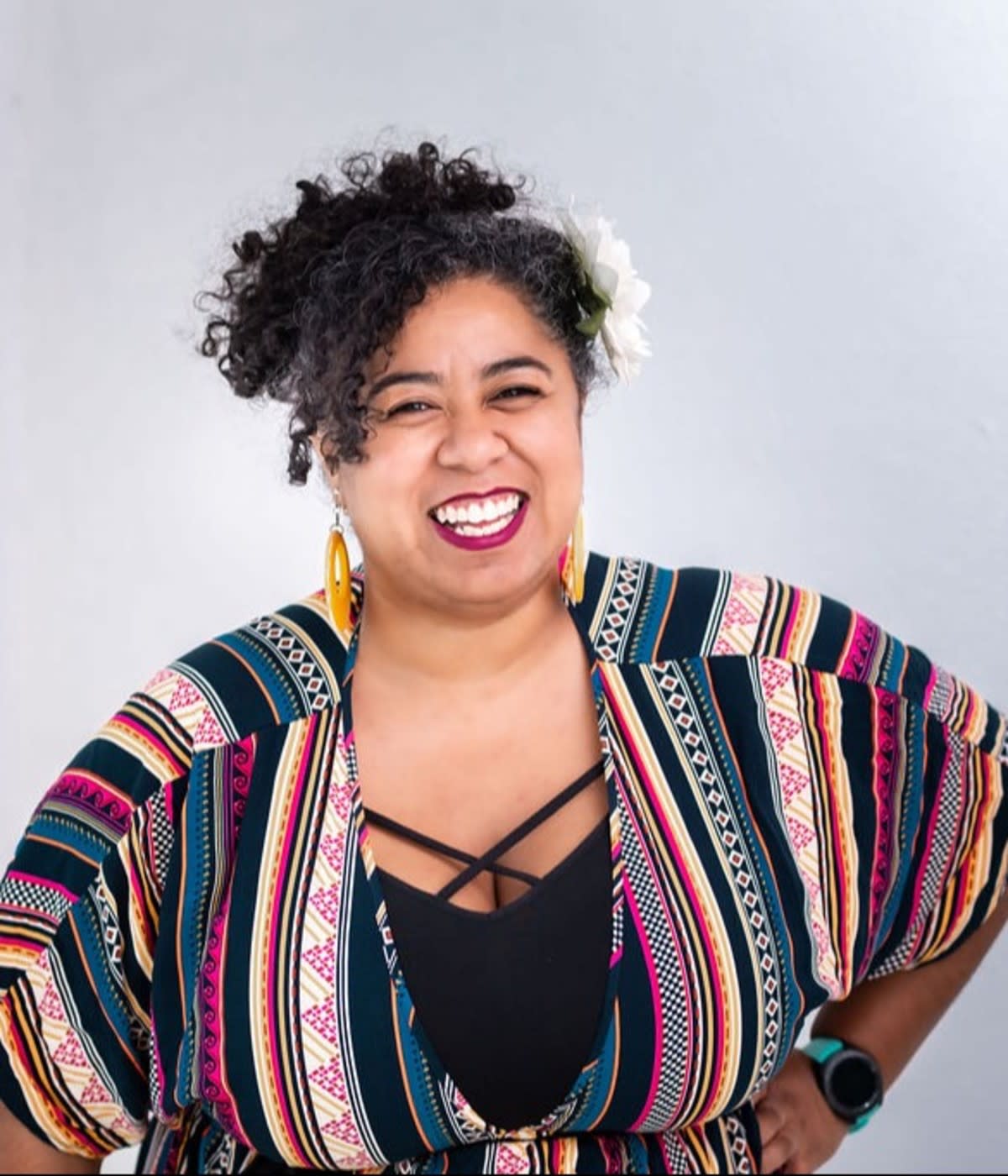I wasn’t always keen on technology, but I’ve always been interested in mechanics and how things work, like remote controls and the electric motors on cars. I got my first laptop in 2015, when I was in ninth grade. I didn’t have any background on the internet or computers, so I just tried to make sense of how the Windows operating system worked (more on that later).
I paused my computer education for 11th and 12th grades, focusing on getting good grades so that I could study computer science in college. Having made this leap at a younger age, it took me a minute to realize “computer science” is less about computers and more about “programming,” in which people actually code and try to make the computer do things for them. I was certainly intrigued, and the first language I learned was C++, but it didn’t catch my interest—then I fell in love with and taught myself Python.
In 2020, a friend of mine, Sujal, asked me to join their project as a developer. It was a networking platform called the INTELLECTS, and it housed a list of alumni and classmates from your college. The platform offered three services: a blog, a library (with digital books, class notes, and answers from previous exams), and connection. We built all of it from scratch using normal industry standards like HTML, CSS, Node.js, and MongoDB. We learned so much about databases, APIs, defined requests and responses, et cetera. We scratched our head many times trying to figure everything out. We even tried hosting, but it cost us too much. We used the GitHub education program to get funding to host it a bit longer. While it’s no longer available, building it helped me cultivate tangible skills for collaborative software development.
Before this first project, I had only worked alone, but I quickly learned that makes it harder to get, and incorporate, different perspectives. You can only see the projects and its faults through a single lens. But when you work with someone else or a team, there’s a clash of ideas in a positive way: You define and redefine your product in various scenarios, which allows you to create an even better end product.
I had another big takeaway: You’re never really done because there’s always more to learn. You have to get out of your comfort zone and challenge yourself. This mindset has helped me in all my subsequent work.
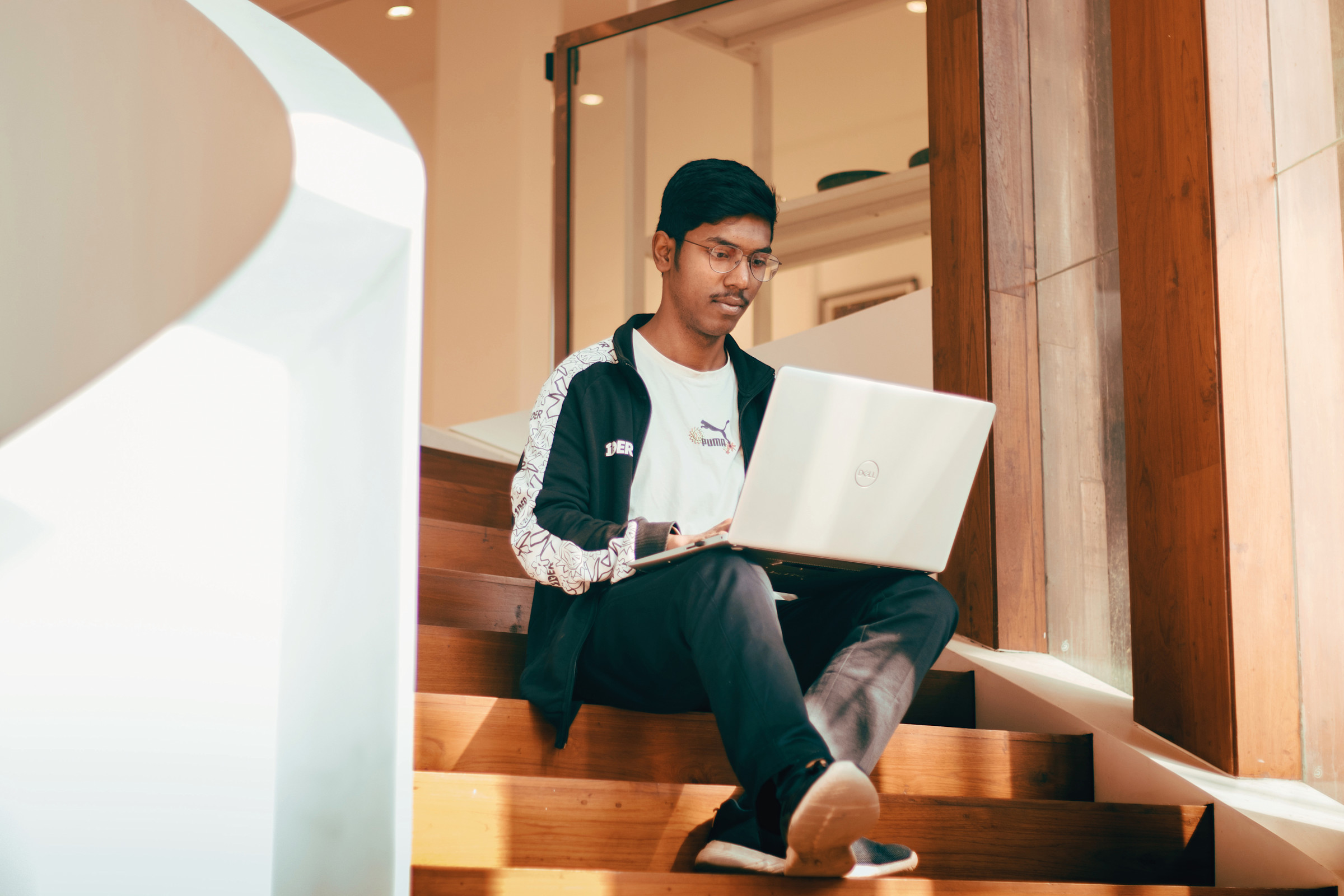
Shifting perspective and finding the reason to continue
I started a project in 2020 called Unescape. It’s like a 3D escape room: To find the key to unlock the door, you have to navigate different clues, connect the dots, and solve puzzles. It encourages you to see and look at things differently. To adapt your mentality and think outside the box to get out: Pull the book off the shelf to open the door or rotate a vase to unlock a window. There are five levels and I was able to complete 85% of the game before I had to step away from it in July 2021.
When Covid hit in 2020, I used all my newfound free time to explore different technologies and catch up on game development—including creating Unescape. But when college reopened, all that free time was quickly consumed with friends, academics, lessons, assignments, and meeting people: The normal life of a full time student. It’s all great, but it does leave me with little free time. My part-time job is also demanding, in a good way: I lead a front-end development team, and we’re essentially building a new way to organize crypto assets. They keep throwing problems at me, and I love solving problems.
There are 17,000 people on the waitlist for my game, which weighs heavy on my shoulders. I could easily feel overwhelmed. I try to look at the positive side. What else is there to do? Either I choose to focus on the pressure, or I can just roll with it. I’m hoping to get back to Unescape soon, I know I just have to begin and stay consistent about it. I can think like that—or I can choose to believe it’s useless to start again since it’s already been so long. The choice is mine. There are always a million excuses to quit, but there’s also always a reason to continue.
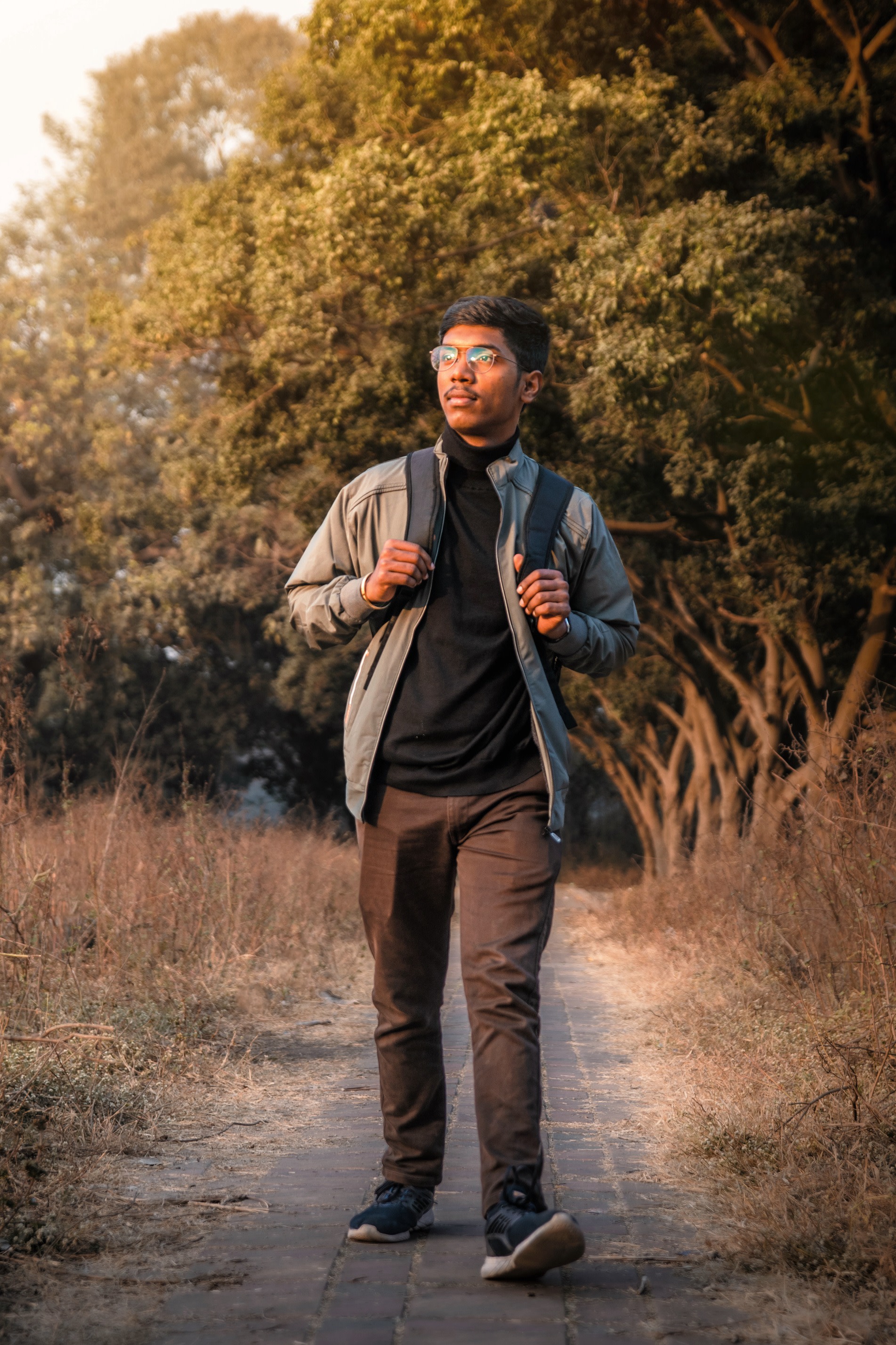
A very convincing clone and an ironic new opportunity
In 2021, I created different APIs, frameworks, and pipelines for an ecommerce startup. Five months in, I felt burnt out, so I sought relief in a project outside the company. At the time, Microsoft was 10 days late to announce Windows 11. But when the trailers came out, people were mesmerized: “This is something beyond,” “This is very divine,” “The new UI is amazing,” “Everything is new and so smooth.” Everyone wanted to try it out, but Microsoft only gave access to insiders, and even they had to go through this whole process to try it.
This got me thinking: Could I make a Windows simulator with standard technologies like CSS, JavaScript, and React? I had the CSS animations to emulate the experience, and the event listeners to create different events and clicks. So I sketched out the plan and collected different assets, stacking the Windows system folder to extract the Windows icons. I made the first draft in seven days, and published it a week later under my GitHub alias Blue Edge.
I created one post about it on dev.to, but my catchphrase, “You can try Windows 11 on the web” was picked up by the news media. Then everyone started writing about it, YouTube videos popped up, and it went viral. Everyone wanted to try the Windows features before they were “officially” available, and they could do that—without jumping through hoops—with my project. People were even pranking their friends, which made me laugh. Unfortunately, I was hosting it on Netlify, which has a 100G bandwidth quota. When you exceed that limit, they suspend service—and that happened in about three days. I tried Vercel, but they also suspended my account when I maxed their quota.
I continued deleting and creating new accounts for a while until my friend Andrew wrote a CI/CD pipeline to host it using Github pages. Andrew was responsible for all the DevOps management and Yashash was our lead front-end contributor who made the settings app. Our team also included Lukas-Batema and Posandu, who contributed to fixing existing bugs and improving the UI.
That August, I received an internship with Microsoft as Rohan Gupta (I didn’t tell them about my Windows 11 project because I did all of that as Blue Edge). In September, I received a copyright strike on my GitHub repo from Microsoft, and it was disabled for three weeks. In October, I communicated with Microsoft (as Blue Edge), and they allowed me to keep the project running after I added a pop-up that explained my clone was not the “real” thing. It wasn’t until the next June that I told my senior manager about the project—and they were happy and surprised—even found it funny. And I’m excited to say that I’ll be starting a job there full time later in 2023!
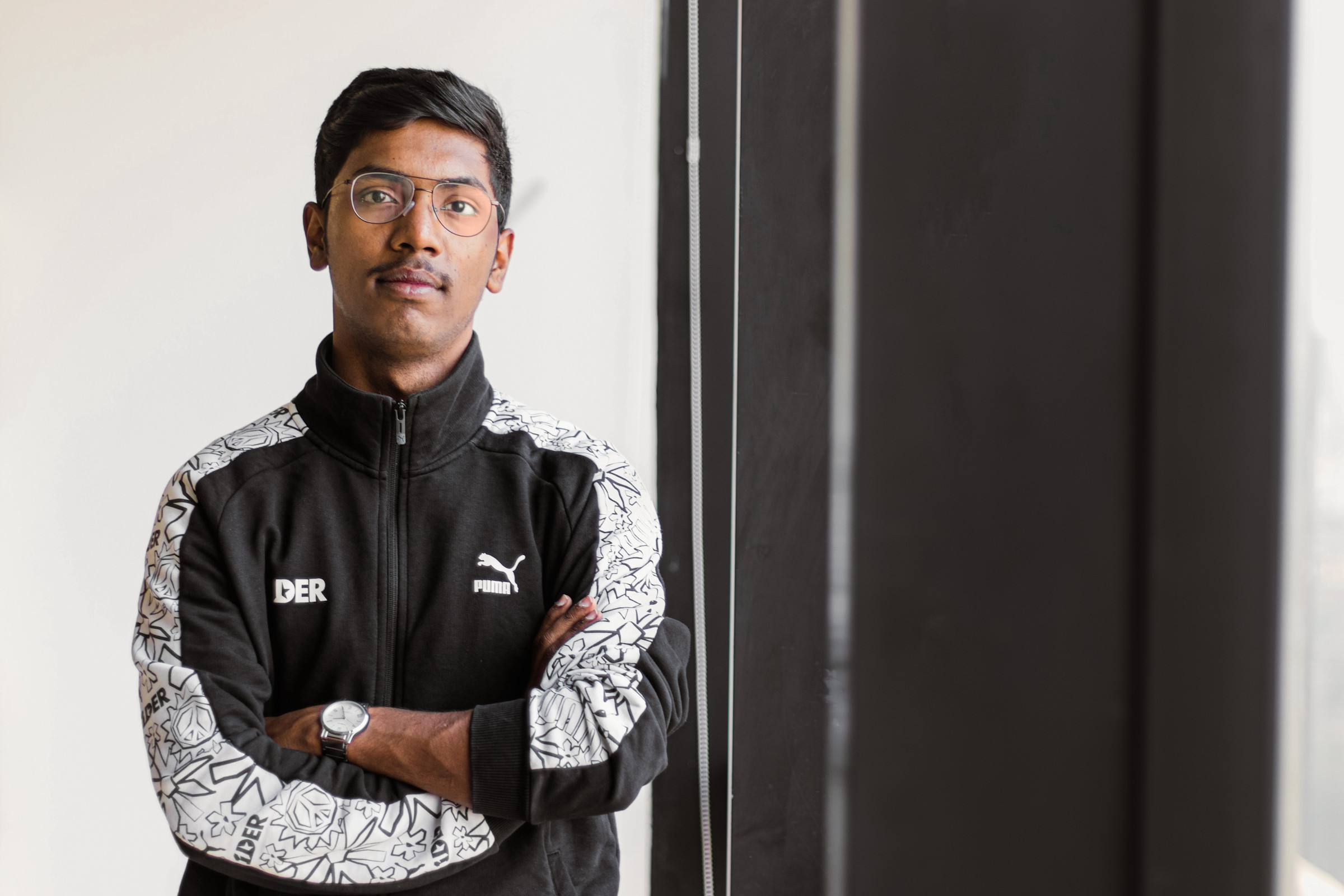
Looking over the (blue) edge
I have always been a fan of privacy and anonymity. When I started contributing on GitHub, I didn’t like the idea of showing yourself to the public because it can be dangerous and violating. I used my personal account for my first year at college, but then I made a custom email for development purposes. I chose “Blue Edge” after a mobile game I used to play, and it became my virtual identity.
My avatar is Max from a game called “Life is Strange”: I was able to relate to the game, which shatters the idea that gender plays a role in your capabilities. You are independent of your characteristics and can achieve great heights. The main reason I chose Max was because she could actually reverse time and help her friends, which gave me the inspiration to do the same. Of course, so many people were confused because she was a female character, and thought I was trying to mislead them. I just liked Max because of her strength.
In the past few months, I’ve realized that I need to start sharing my identity in order for people to trust me. In my part-time job, they just know me as Blue, but it’s time to share myself. It’s no longer a question of security and I need to get my name out in public because it will add a layer of trust between me and my collaborators.
The game actually taught me that even if you do get the chance to go back in time, it doesn’t matter. Your choices will still affect the future for positive and for negative. You always have something to lose, and you will always have something to learn. It’s all about that growth mindset: You have to be consistent about growing and getting better. You’re going to run into speed bumps and hiccups, but just keep trying. Go beyond your limits. Try to see things from different perspectives. Invite more people, especially the critics: They might say mean things and break down your work, but in the end, you’ll build it back up for the better.
